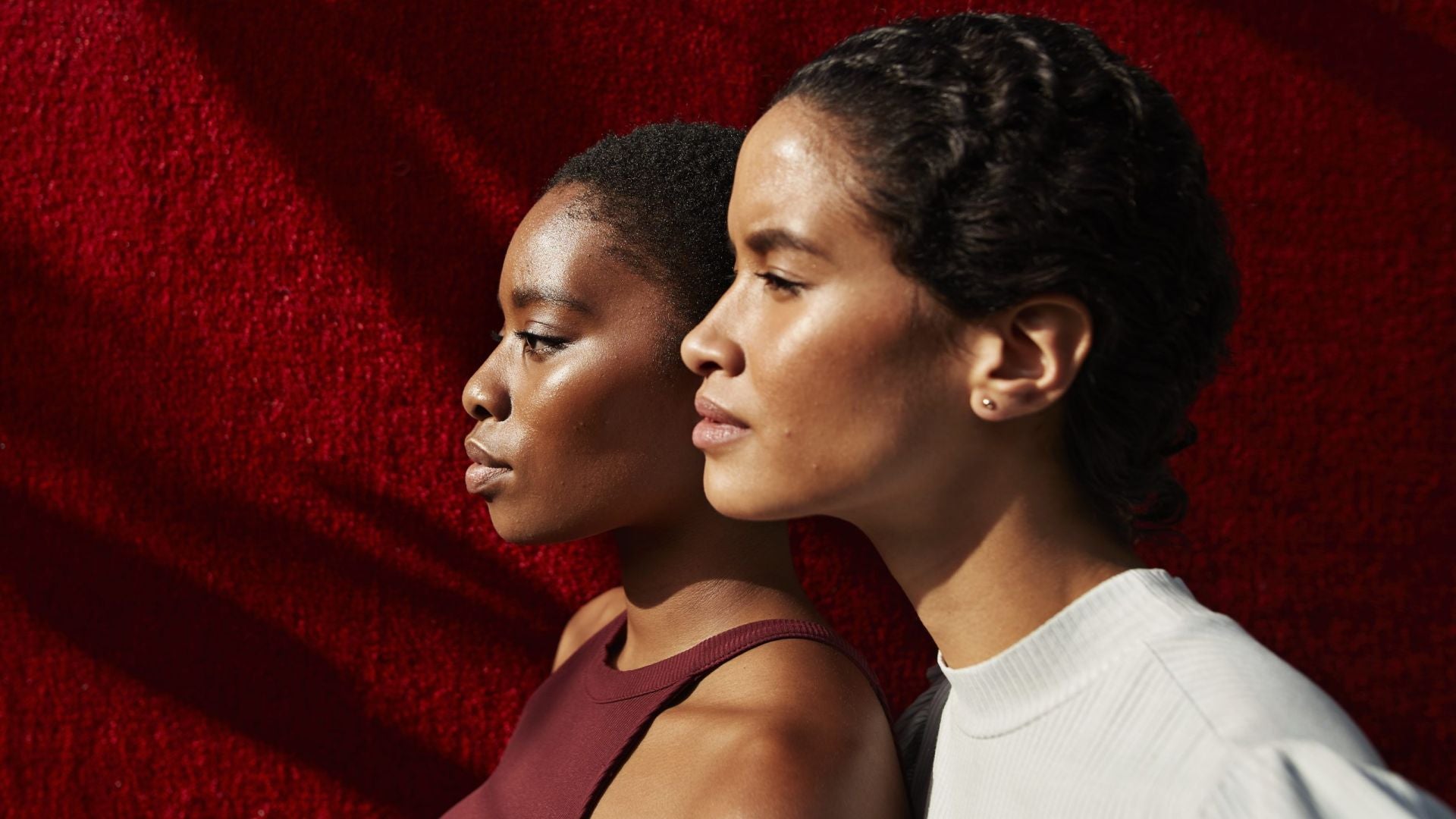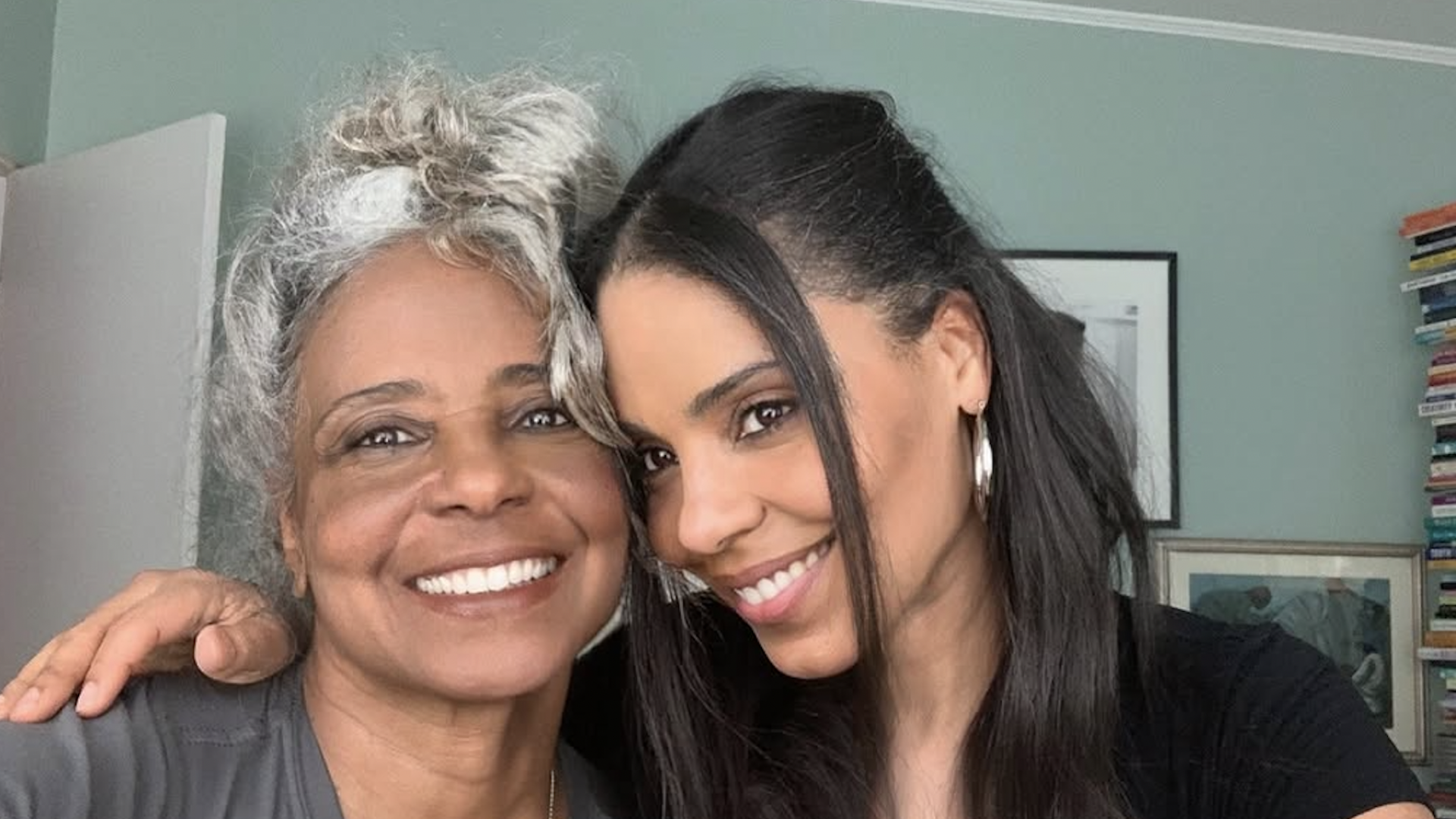
I wanted to write this story from a distance. However, my unwanted experience with a man as an 11-year-old played vividly as I watched Surviving R. Kelly: The Final Chapter, which premiered on Lifetime on Jan. 2 and 3. Bearing witness to new, even more horrifying details that emerged on the record at his trial made it impossible. For example, Jane Doe testified at R. Kelly’s New York trial that she was forced to eat and smear feces on her face and pretend to enjoy it. This detail survivor Jerhonda Pace corroborated, telling viewers, “Once you reached a first anniversary, that’s what you do. Eat his feces and drink his urine.”
In addition, survivor Ebonié Doyle who met Kelly in 1993 as a 16-year-old when Kelly was 26—said in the docuseries things soon turned as he became “really controlling,” even sharing a moment where she says she learned to pick her battles after accidentally uncovering a tape of R.Kelly and Aaliyah. “What I saw on that tape was he and Aaliyah being intimate,” she recalled.
Doyle goes on to share that after Kelly realized she’d watched the tape, an argument was ensured, leading to her being pushed down a flight of stairs. “That shake sent me down flights of stairs, and I just laid there. I just froze.”
Since the airing of the first installment of Surviving R. Kelly in 2019, Kelly was sentenced to 30 years in prison in June 2022 by United States District Judge Ann Donnelly following a 2021 conviction on federal racketeering and sex trafficking charges. Before issuing the sentence, she briefly addressed Kelly saying, “This case is not about sex. It is about violence, cruelty, and control.” Additionally, Kelly was convicted on three of four counts of production of child pornography and three of five counts of enticement of a minor to engage in criminal sexual activity at a Chicago federal trial.
I can relate to the experiences of R. Kelly’s victims and survivors at length, but I won’t share the details of my experience. However, I am thankful to have listened to my pre-teen intuition that helped me forcefully remove myself from that situation and lock myself in the bathroom until a trusted adult—who I never told— came back into the house.
Nearly 25 years later, that moment still haunts me. It reminds me that many of the predatory actions R. Kelly—who was sentenced to 30 years in prison in June 2022—took to prey on minors were happening around me the moment I developed. Their experiences could have been mine. And then there’s the more disturbing realization: this type of abuse is still happening. Carving out this story, I’ve thought deeply about the support I’d want to give my inner child. Additionally, I thought about the horrid details of sexual abuse, degradation, and psychological torment these young women experienced.
I’ve also pondered the hashtags and t-shirts that read #ProtectBlackWomen and the juxtaposition of that very saying as we saw the mistreatment of Megan Thee Stallion unfold for years that continues even after her perpetrator was found guilty.
So, how do we protect Black women IRL? Not via a hashtag or an empty social media post. Because protection, a verb in the Merriam-Webster dictionary, means: to cover or shield from exposure, injury, damage, or destruction. So where’s the shield? To get some insight on protection methods, I spoke with two experts—Stacian Watts, M.Sc., RP, registered psychotherapist and founder of Toronto-based Watts Psychotherapy, and Jennifer M. Gómez, Ph.D., assistant professor in the Clinical Practice department at Boston University School of Social Work—for guidance.
Stop adultifying Black girls.
In social forums, sexual violence becomes debatable. However, the numbers do not lie. The American Psychological Organization reports one in four black girls will be sexually abused before the age of 18. Yet, the same study from the organization found that for every Black woman who reports rape, at least 15 Black women do not. These staggering numbers directly reflect how society treats young Black girls’ experience, silencing us at a very young age that then tips over into adulthood.
“Much of this goes back to Black women being considered the mules of society,” Stacian Watts, M.Sc., RP, tells us. “We’re meant to endure hardship with little to no complaints and are expected to prioritize other people’s needs above our own. So when we speak out against harm done to us, society must see our humanity. People must see Black women and girls in our full humanity and deserving of protection and support.”
So, how do we stop adultification and create space for Black girls to share their experiences openly? First, Watts says we need to understand the developmental capacity of an adolescent regardless of their physical appearance or development. “Black girls are treated much more mature than they developmentally are,” she notes, even though the adolescent age range is from 12 to 25 years old. The last part of our brains to develop, she says, is our prefrontal cortex which is responsible for executive functioning. “Those skills are important for judgment, decision-making, and planning.”
Put the blame where it belongs and believe survivors.
“We support young people who are survivors by placing the responsibility where it belongs—on the adults who victimize them because they can’t consent to a sexual relationship with an adult,” Watts tells ESSENCE. Additionally, she says, “We need to believe young people when they trust us enough to share their experience” because this moment of the disclosure can make or break how survivors deal with and address their trauma. “The research shows that the response and support are given to a person when they disclose trauma and abuse can significantly improve the outcome of their healing and recovery process.”
Remember, Black girls and women, deserve justice, too.
So often, the traumatic experiences of Black girls and women are forgotten, especially when the accused is a wealthy, famous Black man because of the history of systemic racism within the criminal justice system. However, this erasure impacts not just victims of their crimes but also all Black women and girls who experience abuse. And Jennifer M. Gómez, Ph.D., says, “We are fully capable of acknowledging, disapproving, and advocating against the racism within the criminal justice system, while also not accepting sexual abuse at the hands of R. Kelly or any Black man.” Preach.
Additionally, she says it’s time to ask ourselves questions that make us uncomfortable. For the sake of this story, three seem to be the most urgent:
Will we allow a racist criminal justice system to dictate how we deal with sexual abuse in the Black community?
Are we willing to sacrifice Black women and girls to protect the Black men who rape them from a discriminatory justice system?
Why are innocent Black women and girls perceived as less important than a guilty, powerful Black man?
For some, these questions may be tough to ask and ponder. Still, they are always essential because Gómez says, “discomfort should push us to change culturally within the Black community.”
Support organizations that lend therapized support to Black women.
Watts is a champion of trauma-informed therapy as a tool to help survivors. Still, she notes, “There also needs to be some cultural competence [because of] how our society views Black girls and Black women because it increases the risk of being victimized,” Gómez shares that organizations like the National Organization of Sisters of Color Ending Sexual Assault do essential work that centers Black women and girls. The Loveland Foundation also makes therapy available to Black women and girls via their therapy fund.
Be mindful of how you speak about victims and survivors.
When discussing these painful topics, read the room. If one in four Black girls will be victimized by the time they turn 18, chances are someone you know, and love is sadly a part of that statistic. And Watts says hearing these conversations can impact how safe someone feels about disclosing their experience.
“When we’re around people making judgments and harsh criticisms about victims, we have a choice to challenge those people on their thinking, and we also have a choice to not provide an audience for it and not engage,” she says.
If you find yourself in an environment where the discourse is unsafe, Watts says to take note of how people in the room are responding and gently follow up with anyone that seems impacted by the statements so they know you’re a safe person in an unsafe space.






